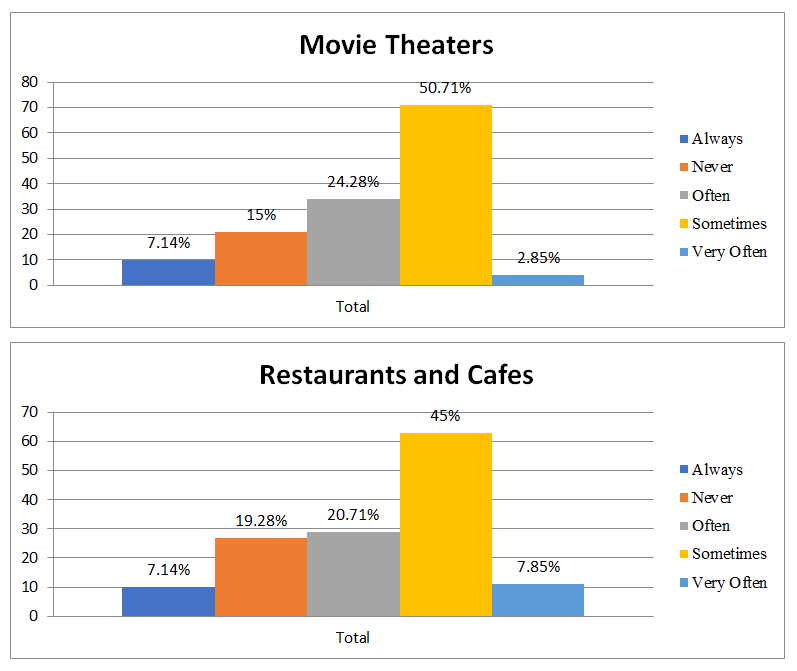1. Introduction
The days are gone when the strategy of marketing and sales used to happen in a traditional way. The world has become small by glocalization because of tremendous development in technology. The competition has increased across the globe irrespective of the industry segments where the companies are investing huge amounts in technology implementation in their organization to become sustainable. The technology is been implemented in all areas and functions of the organization and when it comes to sales apart from ERP technologies separate sales technologies are being implemented to increase monitoring and track sales. It is very important to track, and generate analytics and metrics of the sales patterns which shall help in planning the entire operations of the organization hence, Information technology in sales is very important.
The IT in Retail, FMCG, and E-Commerce play a crucial role as there are many product lines, and diverse products and the mode of operations/ sales of the sales have multiple dimensions. As stated that there because of tremendous competition organizations are expanding beyond geographical horizons and diversifying their products and tracking the sales patterns, product wise sales, location wise sales, season wise sales are very important along with the strategy of enabling the sales technologies to do market research also.
In this project, the role of IT in the sales industry with reference to retail, FMCG & E-Commerce shall be analyzed using the Political, Economic, Social, Technological, Legal, Environmental (PESTLE), Strength, Weakness, Opportunities, Threats (SWOT), Ishikawa diagrams. The five dominant sales technologies shall be analyzed based on their features, number of customers, performance, etc., and one of these five technology be selected and analyzed further. Based on the analysis the findings shall be drawn and the recommendation shall be given.
2. Objectives
- To analyze the role of IT in sales
- To understand the role of IT in retail, FMCG, and E-Commerce industries
- Evaluating the five dominant technologies in sales
- Analyzing one of the five selected technologies to understand the pros and cons
- To explore the challenges in implementing IT in sales
- To explore the advantages and disadvantages of implementing IT in sales
- To understand the data integrity and safety measures incorporated in sales technologies
- To explore how IT is enabling the organization to attract new customers
- To explore the strategies for how IT is helping organizations in retaining their existing customers.
- To analyze how IT technologies are bridging the gap between customers and organizations by enabling their effective communication channels.
- To explore the limitation of IT in the selected industries.
3. Need of the study
It is evident that the competition is been increasing across the globe in all industry segments and it is becoming tough for the organization to be sustainable. In any industry, whether it is products/ goods or services sales are very important as revenues are generated only through sales and it is very important to increase sales strategically and this can be enabled only through technology.
Many IT and software companies are developing and transforming technologies in the sales segment because of growing demand. There are various challenges, and limitations which are involved in sales IT technologies such as data integrity, data security, etc., along with the cost of the technologies hence, there is a need to explore and do research in this area and that is the reason for selecting this topic.
4. Scope of the Study
The scope of the study is confined to the Indian environment. The scope is limited to Retail, FMCG, and E-Commerce industries. There are various sales IT technologies available in the Indian market but only the top five of them shall be selected and analyzed out of which one technology shall be deeply analyzed. The scope deals only with the impact, challenges, advantages, and disadvantages of sales IT technologies in the selected industries in the Indian environment.
5. Research Methodology
This research shall be carried out in a systematic way. All important components shall be covered and all ethical issues shall be addressed. There shall be any copied content in this research and there shall be any copyrights, etc., issues.
5.1 Research Paradigms
Positivism, Critical theory, Realism, Critical Realism, and Constructivism and the research paradigms which shall be followed in this research.
5.2 Data Collection
The data collection shall be divided into two dimensions primary data and secondary data and these data shall be collected from various sources like academic notes, books, journals, articles, blogs, and various internet sources. The primary data and the secondary data analysis shall be done and the same shall be incorporated in the literature review chapter of the final project document.
5.3 Data Analysis
The qualitative analysis tool shall be used in this study. The tools such as SWOT Analysis, PESTLE Analysis, and the Ishikawa diagram shall be used and during the research, if we found that any additional tools are required to use we shall explore and use those tools and incorporate them data analysis chapter of the final project report.

